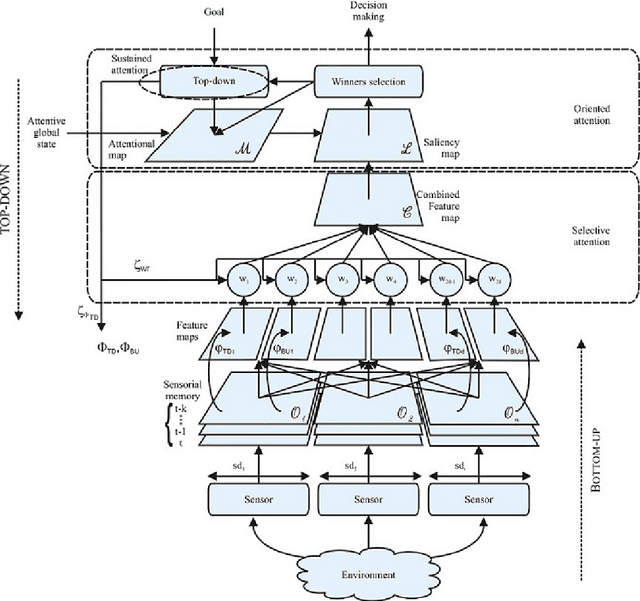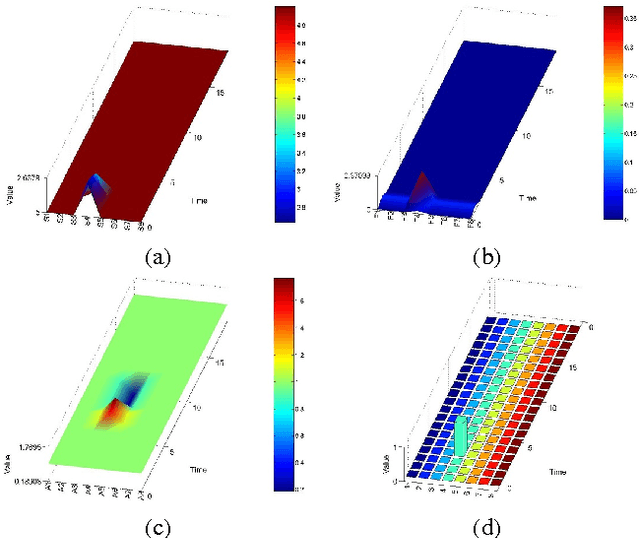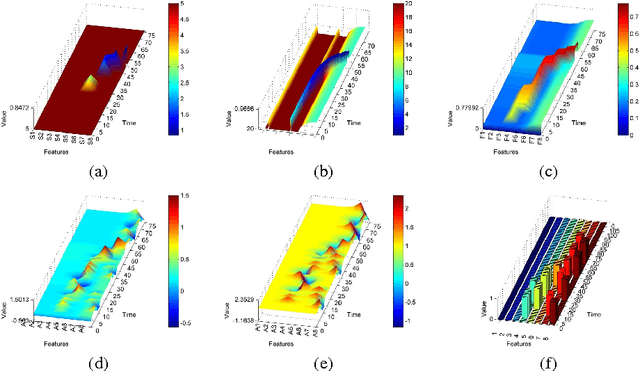Carlos H. C. Ribeiro
Top-down and Bottom-up Feature Combination for Multi-sensor Attentive Robots
Jul 22, 2013



Abstract:The information available to robots in real tasks is widely distributed both in time and space, requiring the agent to search for relevant data. In humans, that face the same problem when sounds, images and smells are presented to their sensors in a daily scene, a natural system is applied: Attention. As vision plays an important role in our routine, most research regarding attention has involved this sensorial system and the same has been replicated to the robotics field. However,most of the robotics tasks nowadays do not rely only in visual data, that are still costly. To allow the use of attentive concepts with other robotics sensors that are usually used in tasks such as navigation, self-localization, searching and mapping, a generic attentional model has been previously proposed. In this work, feature mapping functions were designed to build feature maps to this attentive model from data from range scanner and sonar sensors. Experiments were performed in a high fidelity simulated robotics environment and results have demonstrated the capability of the model on dealing with both salient stimuli and goal-driven attention over multiple features extracted from multiple sensors.
Consensus Dynamics in a non-deterministic Naming Game with Shared Memory
Dec 23, 2009



Abstract:In the naming game, individuals or agents exchange pairwise local information in order to communicate about objects in their common environment. The goal of the game is to reach a consensus about naming these objects. Originally used to investigate language formation and self-organizing vocabularies, we extend the classical naming game with a globally shared memory accessible by all agents. This shared memory can be interpreted as an external source of knowledge like a book or an Internet site. The extended naming game models an environment similar to one that can be found in the context of social bookmarking and collaborative tagging sites where users tag sites using appropriate labels, but also mimics an important aspect in the field of human-based image labeling. Although the extended naming game is non-deterministic in its word selection, we show that consensus towards a common vocabulary is reached. More importantly, we show the qualitative and quantitative influence of the external source of information, i.e. the shared memory, on the consensus dynamics between the agents.
 Add to Chrome
Add to Chrome Add to Firefox
Add to Firefox Add to Edge
Add to Edge